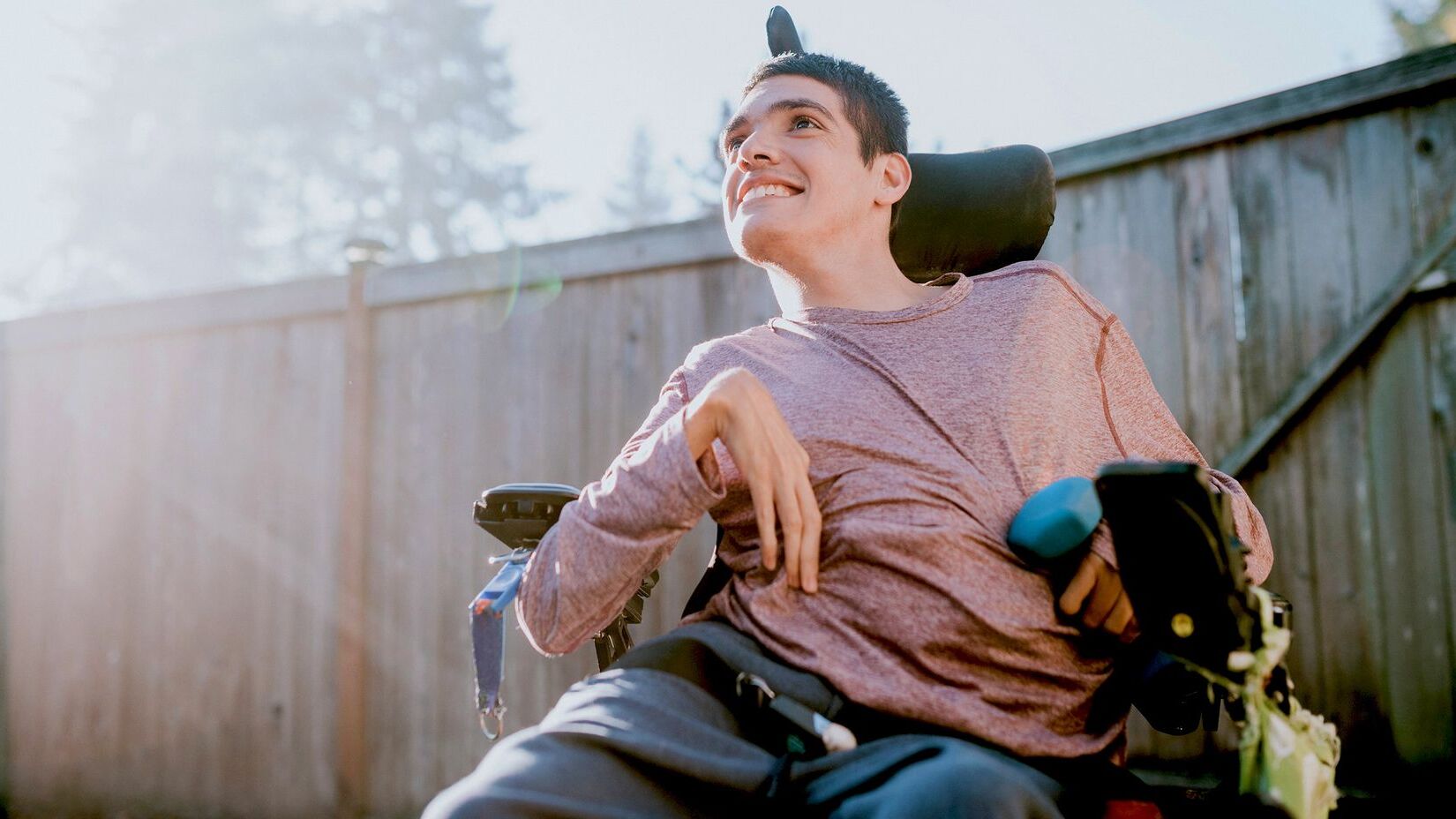
Cerebral palsy (CP) is a neurological disorder affecting movement, muscle tone, and coordination. It impacts around 18 million people globally, including 1 million in the United States. CP can result from various causes such as premature birth, infections during pregnancy, brain bleeding, seizures, or traumatic head injuries. Diagnosed typically between ages 2 and 3, it presents in four main types: spastic, dyskinetic, ataxic, and mixed. Symptoms vary widely, including muscle spasticity, weakness, coordination issues, and speech disorders. Early intervention with therapies can significantly improve outcomes. Understanding cerebral palsy is crucial for better support and management, enhancing the quality of life for those affected.
Key Takeaways:
- Cerebral palsy is a neurological disorder affecting movement and muscle coordination. It can be caused by factors like premature birth, infections during pregnancy, and traumatic head injuries.
- Early diagnosis and intervention, along with comprehensive management, are crucial for individuals with cerebral palsy. Support from therapies, community organizations, and legal options can significantly improve their quality of life.
What is Cerebral Palsy?
Cerebral palsy (CP) is a neurological disorder that affects movement, muscle tone, and coordination. It is the most common lifelong physical disability worldwide.
- Definition of Cerebral Palsy: CP is a group of neurological disorders caused by brain damage that affects body movement and muscle coordination.
- Causes of Cerebral Palsy: Causes include premature birth, infections during pregnancy, bleeding in the brain, seizures, and traumatic head injuries.
- Incidence of Cerebral Palsy: Approximately 1 in 345 children in the United States have CP, with around 1 million people affected globally.
Types of Cerebral Palsy
There are four main types of cerebral palsy, each with unique characteristics.
- Spastic Cerebral Palsy: Characterized by stiff movements due to damage to the motor cortex. It affects about 80% of people with CP.
- Dyskinetic Cerebral Palsy: Involves uncontrollable movements caused by damage to the basal ganglia.
- Ataxic Cerebral Palsy: Affects balance and depth perception.
- Mixed Cerebral Palsy: A combination of two or more types of CP.
Symptoms and Diagnosis
Symptoms of cerebral palsy can vary widely, and early diagnosis is crucial for effective management.
- Symptoms of Cerebral Palsy: Common symptoms include muscle spasticity, muscle weakness, coordination issues, posture problems, and speech disorders.
- Diagnosis of Cerebral Palsy: Usually diagnosed between 2 to 3 years of age through medical history, physical examination, and imaging tests like MRI or CT scans.
- Early Intervention: Early intervention with therapies such as physical, occupational, and speech therapy can significantly improve outcomes.
Co-occurring Conditions
Many individuals with cerebral palsy have other conditions that require comprehensive management.
- Autism Spectrum Disorder (ASD): About 10% of children with CP also have ASD.
- Epilepsy: Around 40% of children with CP have epilepsy.
- Intellectual Disability: Approximately 50% of individuals with CP have intellectual impairments.
- Spine Problems: Up to 80% of children with full-body involvement in CP experience spine problems.
- Vision Impairment: About 10% of individuals with CP have impaired vision.
- Hearing Impairment: Around 5% have impaired hearing.
Pain and Health Outcomes
Pain management and health outcomes are significant concerns for individuals with cerebral palsy.
- Pain Management: Chronic pain affects approximately 75% of individuals with CP.
- Lifespan and Health Outcomes: The lifespan is often similar to the general population, but they may face joint problems and vision impairments.
Cognitive Function and Heredity
Understanding the cognitive aspects and hereditary factors of cerebral palsy is essential.
- Cognitive Function: CP primarily affects motor functions, but intellectual disabilities can co-occur due to separate brain damage.
- Heredity: CP is not hereditary, meaning the chances of passing it down to a child are the same as for an adult without the condition.
Statistics by Age and Ethnicity
Cerebral palsy affects people of all ages and ethnicities differently.
- Children: Approximately 1 in 345 children in the United States are diagnosed with CP.
- Adults: CP affects more adults than children, despite its common association with childhood.
- Black Children: CP is more common among Black children than white children.
- Hispanic and White Children: Hispanic and white children are about equally likely to have CP.
Management and Support
Effective management and community support are crucial for individuals with cerebral palsy.
- Management: Involves physical therapy, occupational therapy, speech therapy, medications, and sometimes surgery.
- Wheelchair Use: Approximately 40-50% of individuals with CP are wheelchair users.
- Community Support: Organizations like the Cerebral Palsy Alliance Research Foundation provide resources and advocacy.
Legal and Medical Considerations
Legal options and medical considerations play a significant role in the lives of those affected by cerebral palsy.
- Birth Injuries: Birth injuries such as lack of oxygen, head trauma, and untreated infections are common causes of CP.
- Asphyxia: Roughly 10% of asphyxia events result in CP.
- Medical Malpractice: In some cases, CP may be caused by medical malpractice during pregnancy or delivery.
- Legal Options: Families affected by negligence may consider filing a cerebral palsy lawsuit for compensation.
Research and Awareness
Research and raising awareness are essential for improving the lives of individuals with cerebral palsy.
- Research: Advocacy for federal support is necessary for better tracking and management of CP.
- Early Diagnosis: Standardized movement assessments can help identify high-risk infants before five months of age.
- Motor Outcomes: Early interventions can significantly improve motor and cognitive outcomes.
- Speech Disorders: Speech therapy is essential for addressing communication issues.
- Pain Management: Effective pain management strategies are crucial for improving quality of life.
- Wheelchair Use: Adaptive equipment and accessible environments enhance mobility and independence.
- Lifespan: The lifespan is generally similar to the general population, but unique health challenges require ongoing care.
- Cognitive Abilities: CP primarily affects motor functions, but intellectual disabilities can co-occur.
- Heredity: CP is not hereditary, meaning the chances of passing it down are the same as for an adult without the condition.
- Birth Injuries: Birth injuries such as lack of oxygen, head trauma, and untreated infections are common causes.
- Asphyxia: Roughly 10% of asphyxia events result in CP.
- Medical Malpractice: CP may be caused by medical malpractice during pregnancy or delivery.
- Legal Options: Families affected by negligence may consider filing a lawsuit for compensation.
- Community Support: Organizations like the Cerebral Palsy Alliance Research Foundation provide resources and advocacy.
- Research: Advocacy for federal support is necessary for better tracking and management.
- Early Diagnosis: Standardized movement assessments can help identify high-risk infants.
- Motor Outcomes: Early interventions can significantly improve outcomes.
- Speech Disorders: Speech therapy is essential for addressing communication issues.
- Pain Management: Effective pain management strategies are crucial for improving quality of life.
Raising Awareness and Understanding
Cerebral palsy affects millions worldwide, making awareness and understanding crucial. By knowing its causes, types, symptoms, and management, we can better support those living with this condition. Early intervention and targeted therapies can significantly improve outcomes for children with CP. Co-occurring conditions like epilepsy and autism often complicate care, requiring comprehensive management plans. Community support and advocacy play vital roles in improving the quality of life for individuals with CP. Organizations like the Cerebral Palsy Alliance Research Foundation provide essential resources and advocacy. Raising awareness helps create a more inclusive society, promoting equal opportunities for everyone. Sharing these facts can dispel misconceptions and foster a supportive environment for those affected by cerebral palsy. Let’s work together to make a difference in the lives of individuals with CP and their families.
Frequently Asked Questions
Was this page helpful?
Our commitment to delivering trustworthy and engaging content is at the heart of what we do. Each fact on our site is contributed by real users like you, bringing a wealth of diverse insights and information. To ensure the highest standards of accuracy and reliability, our dedicated editors meticulously review each submission. This process guarantees that the facts we share are not only fascinating but also credible. Trust in our commitment to quality and authenticity as you explore and learn with us.


